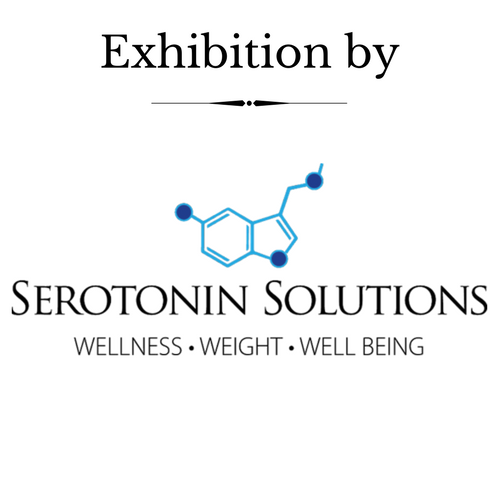
Hu Liu
Memorial University of Newfoundland, Canada
Title: Potential pharmaceutical applications of Omega-3 oil derived from marine mammals
Biography
Biography: Hu Liu
Abstract
As the Inuit people spread across the Arctic and Greenland, they ate a lot of fatty meat from seals, whales and fish. However, the Inuit didn’t have a lot of heart attacks. In the 1970s, Danish scientists studying Inuit diets proposed that ω-3 fatty acids were cardio-protective. In the North Atlantic Ocean between Greenland and Eastern Canada, there are over 10 million Harp seals. Each year about 200,000 seals are harvested to maintain the balance of ecosystem. It is believed that Harp seal oil is the best source of ω-3 lipids and has several superior characteristics over fish oil. It contains all cis-docosahexaenoic acid (DHA, 22:6 ω-3), eicosapentaenoic acid (EPA, 20:5 ω-3) and docosapentaenoic acid (DPA, 22:5 ω-3), while fish oil contains only EPA and DHA. It is found that ω-3 fatty acids in seal oil are mostly esterified at the triacylglyceride sn-1,3 (outer) positions, which makes them the preferred substrates for human lipases. Fish are aquatic vertebrates that are typically cold-blooded and are described as non-tetrapod chordates. ω-3 fatty acids in fish oil are distributed mainly at the sn-2 position of triacyglycerides. Such a positional distribution of ω-3 fatty acids in the glycerol backbone makes them poor substrates for human lipases which normally hydrolyze fatty acylglycerol ester bonds at the sn-1 and sn-3 positions of triacylglycerides. In addition seal oil is extracted and processed at low temperatures (20-50°C), resulting in very little oxidation and formation of trans-fatty acids. On the other hand, fish oil is extracted by steam (100°C) which results in significantly elevated levels of both oxidized- and trans-lipids. We hypothesized that seal oil emulsions can be used in the total parenteral nutrition (TPN) regiments for hospitalized patients who require intravenous infusion of nutrients, especially post-surgical patients, patients experiencing early stage of sepsis/systematic inflammatory response syndrome (SIRS), patients with inflammatory bowel diseases (IBD), and patients with autoimmune diseases. A study using an endotoxemia rat model (to mimic septic conditions) demonstrated the potent anti-inflammatory effects of seal oil

